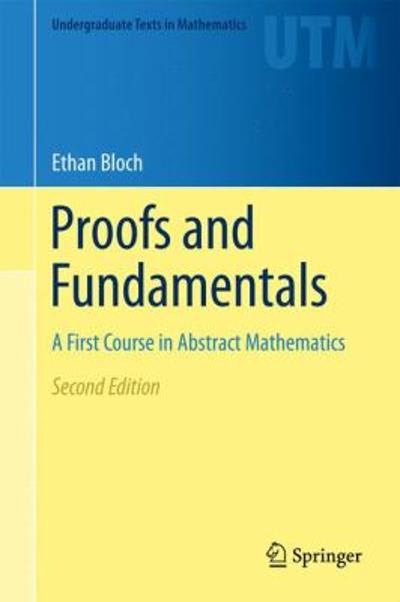###In order to find p-values forQuestions 1 and 2,use StatKey to create randomization distributions(one for each question, consisting of at least 5000 randomization samples each).Copy screenshots of both randomization distributions into your assignment. It's okay if you want to crop the screenshots - you really just need randomization dot plots showing each p-value.
BEYOND THE NUMBERS 5.8 Computations versus Understanding Name: To be proded, all assignments must be completed and submitted on the original book page. Section Number: Introduction It is important that you be able to compute correctly. However, computation prowess is no substitute for a deeper understanding of what you are doing and why. This is especially true in the field of statistical science. At the undergraduate level, computations are pretty easy. At all levels, however, the underlying concepts are challenging. The following activity will demonstrate and elucidate this divide. EXHIBIT 1 Eureka or Not? Suppose that twenty TABLE 5.3 Finch Survival Rates identical experiments are taking place simultaneously Observed Site Survival Rate Number of Able to Reject around the world, The with Drug Finches Studied Hap$0.327 researchers are all studying 0.35 the same drug, which they = 100 0.3 hope will improve the 1 = 100 No survival rate of the black- 0.31 A - 100 No winged peckerwood finch 0.33 n = 100 No after it has been infected 0.33 n = 100 No with a particular type of 0.35 n = 100 No tree mold. The survival D.35 n m 100 No rate left untreated is 0.33 1 = 100 No unfortunately only 32%. 0.30 n = 100 No None of the researchers 10 0.34 1 = 100 Na know about the others' 11 0.34 n = 100 No work. The table to the right 12 0.30 7 - 100 No shows the results from 0.34 n = 100 No the 20 different studies. 14 0.31 1 = 100 No In all cases, the significance 15 0.31 7 = 100 No level was a = 0.05 0.31 A = 100 No and the hypothesis being 174 0.45 n = 100 Yes tested was: 18 0.30 A = 100 No 19 0.3 7 = 100 No H : p = 0.32 0.33 n= 100 No H : p > 0.32 Theme 5: Hypothesis Testing 83Questions 1. Use the data from Site 17 to confirm that the null could be rejected. What is the p-value associated with the result? 2. Combine all of the studies (n = 100 * 20 = 2,000) and test the hypothesis again. Confirm that it cannot be rejected. Report the overall observed survival rate and the p-value associated with the overall test. 3. `We have a dilemma. Nineteen of the sites don't seek publication because their results are not significant. Site 17 gets published because the results produced there, with an identical experiment, are significant. We know (though the researchers don't) that if we combine the results from all 20 sites, we will not be able to support the alternative. Describe what it means to have a Type | error rate of a = 0.05, and explain what has likely happened here in light of that definition. 4. Do you think a ground-breaking scientific study should be replicated before it can be published? Why or why not? What steps should the scientific community take to improve study validity? 84 Theme 5: Hypothesis Testing








